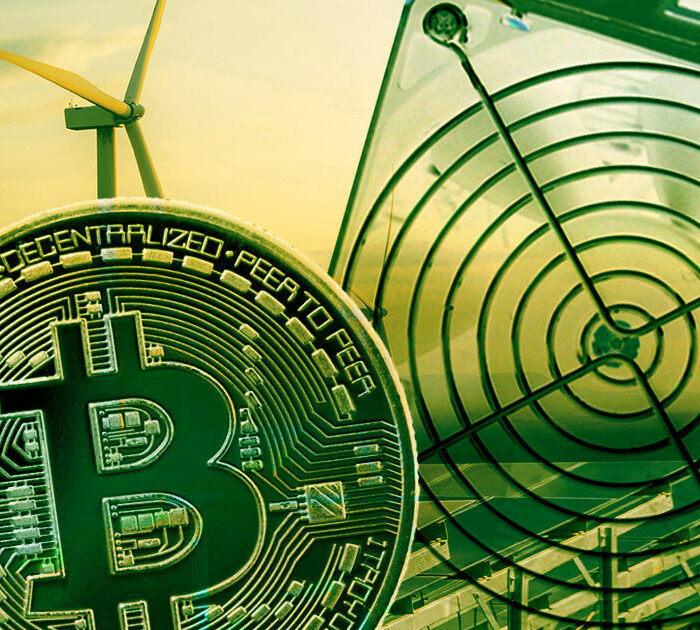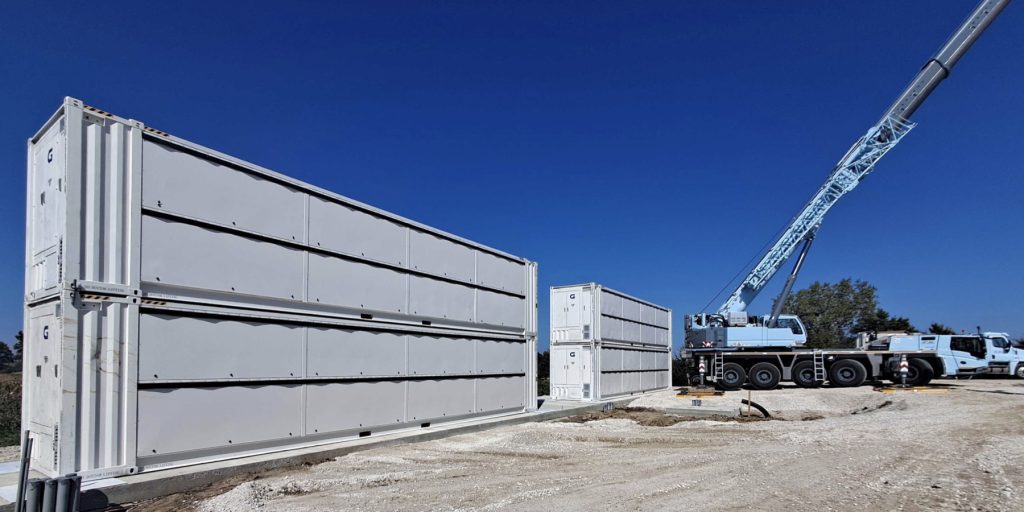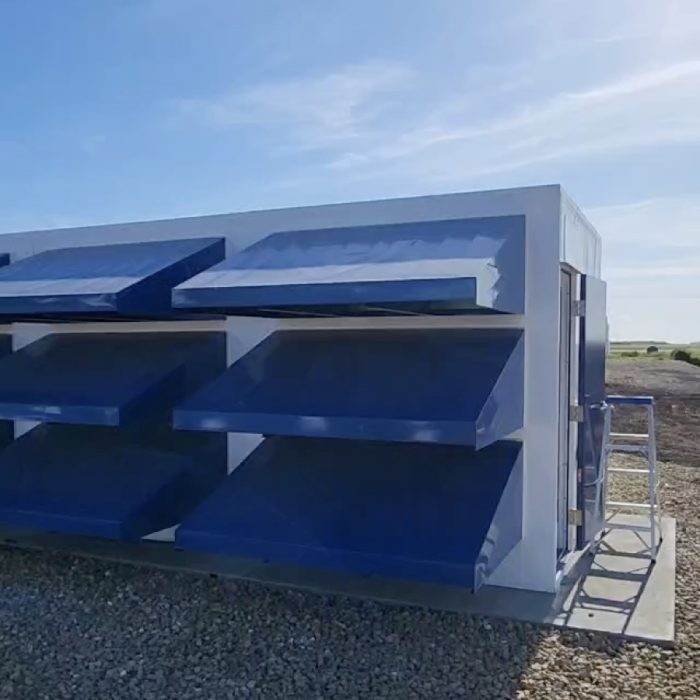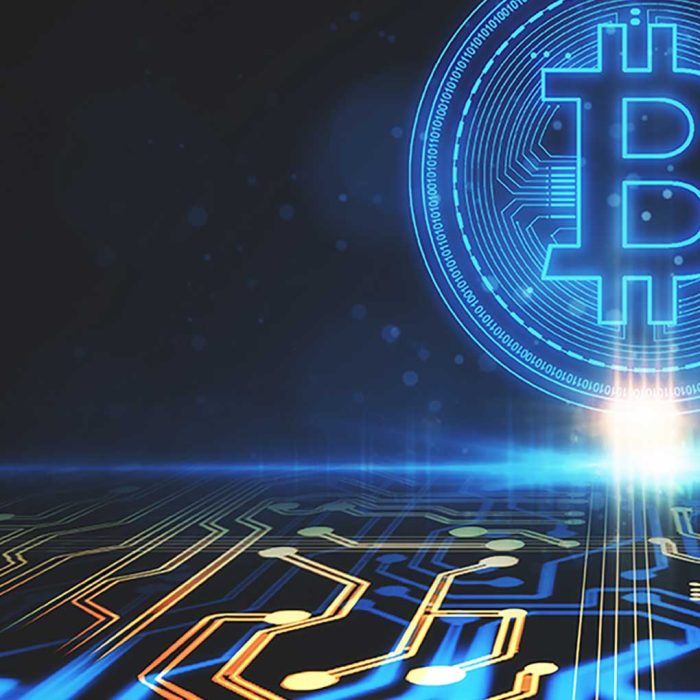Bitcoin mining has matured into a recognized infrastructure investment category that combines characteristics familiar to institutional allocators: tangible assets, predictable operational frameworks, and exposure to emerging digital economy growth trends.
Hard Asset Foundation with Digital Upside: Unlike purely digital cryptocurrency investments, Bitcoin mining operations involve real physical infrastructure: land, electrical transformers, ASIC hardware, modular data centers, and grid connectivity. These tangible assets provide collateral value, depreciation benefits, and asset characteristics that infrastructure investors understand from traditional sectors like renewable energy generation, telecommunications networks, and data center operations.
The operational output, Bitcoin, represents globally liquid digital value that can be held, sold, or integrated into treasury strategies. This combination of physical infrastructure investment and digital asset production creates a unique hybrid investment profile.
Uncorrelated Returns and Portfolio Diversification: Bitcoin mining returns derive from network difficulty adjustments, global hashrate competition, energy arbitrage, and Bitcoin price dynamics, factors largely uncorrelated with traditional equity markets, fixed income, or real estate cycles. For institutional portfolios seeking true diversification and inflation-resistant exposure, mining operations offer asymmetric return potential that behaves differently across various macroeconomic regimes.
During cryptocurrency bull markets, mining margins expand as Bitcoin price appreciation outpaces network difficulty increases. During bear markets, operational discipline, energy efficiency, and cost management separate high-performing operations from marginal miners, creating opportunities for well-capitalized institutional operators.
Energy Market Integration and ESG Alignment: Modern Bitcoin mining operations function as flexible energy consumers that support grid stability rather than simply drawing power. Facility 10’s integration with Iowa’s renewable-heavy electricity mix enables participation in demand-response programs, where miners receive compensation for voluntarily reducing consumption during peak demand periods.
This grid flexibility transforms Bitcoin miners into valuable infrastructure assets that help balance intermittent renewable generation, prevent energy curtailment, and improve the economic viability of wind and solar projects. As renewable energy deployment accelerates faster than baseload demand growth, Bitcoin mining provides profitable offtake mechanisms that stabilize energy markets and support the broader energy transition.










